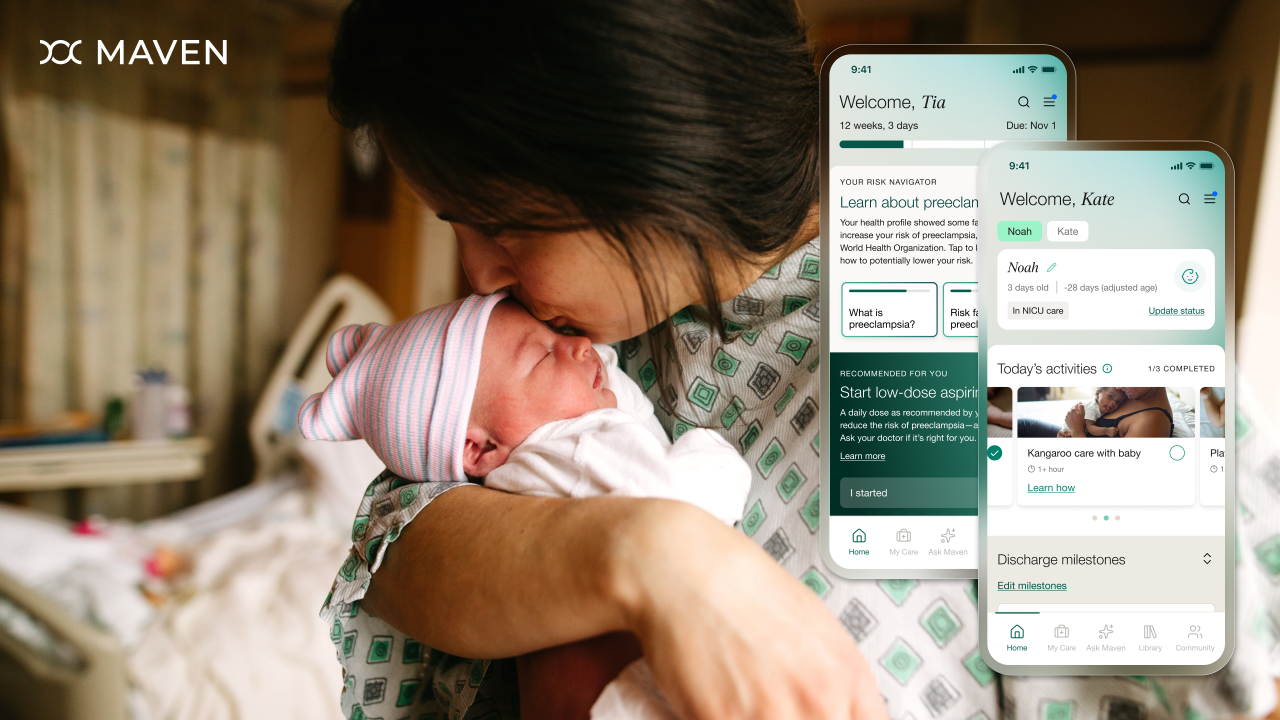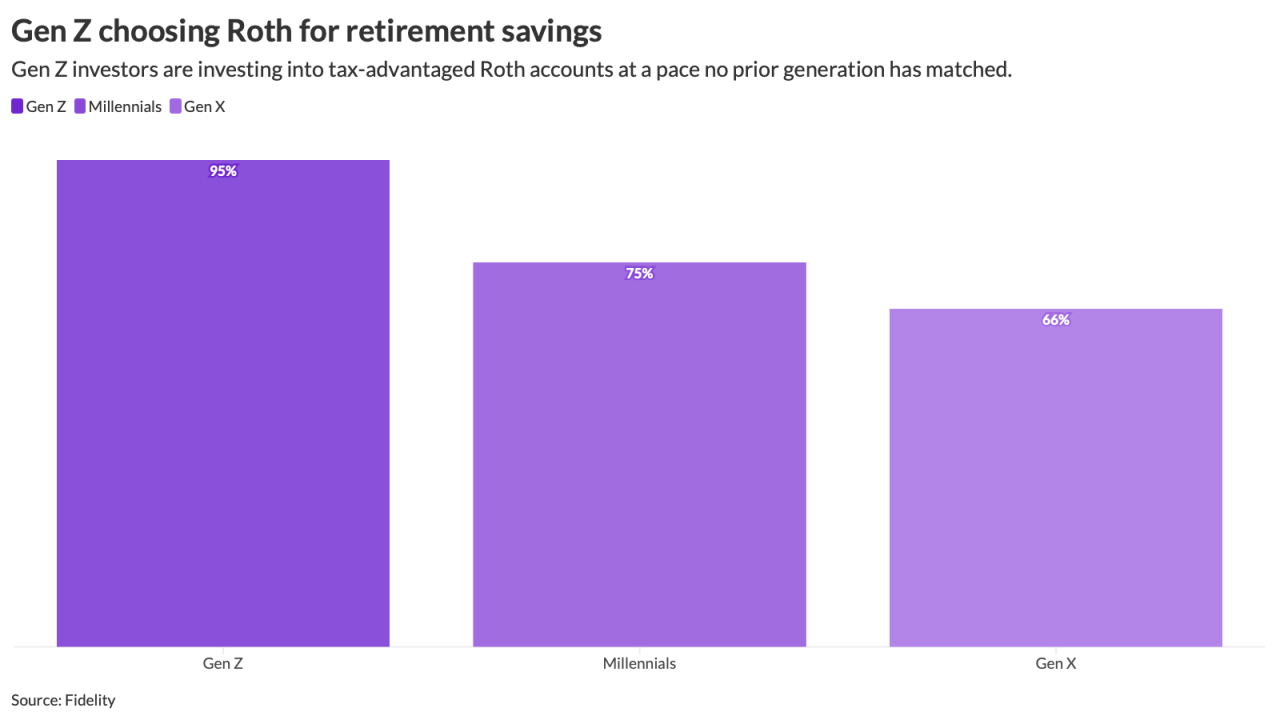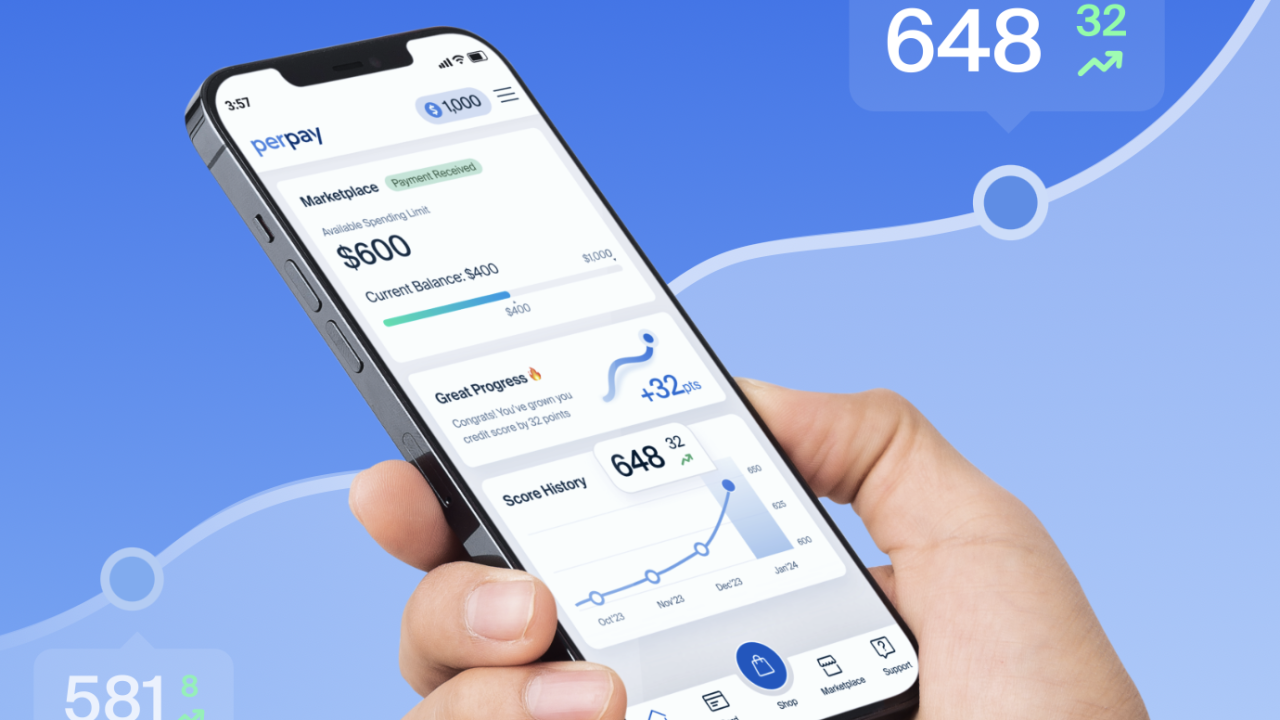As the class of 2025 throws their graduation caps in the air, the cohort of
As the first generation to be born into an internet-connected society — with part of their formative educational years spent virtually — it's no surprise that
As Gen Z continues to make their mark on the workforce, employers need to adapt — after all, today's entry level employees are tomorrow's senior leaders. Finding ways to better understand and engage with the needs of this generation of employees can help empower them to make
Read more:
Here are three ways to empower young employees to take advantage of their financial future and create a workplace culture that fosters all employee groups.
1. Look at the bigger picture: This is likely a new grad's first exposure to workplace benefits
Consider the financial concerns an entry level employee may face, such as budgeting for rent and groceries for the first time, juggling student loans and wondering how much to contribute to their 401(k). A first full-time job can be overwhelming — it's an introduction to workplace benefits, budgeting, financial planning and everything else that comes along with it. In fact, young employees are less likely to understand how to take advantage of their workplace benefits:
While
Read more:
2. Shift your benefits education strategy: Gen Zers are tech savvy but still value human connection
With five generations of employees in the workplace, preferences on communication differ. For example, having grown up with the internet, Gen Z has access to financial resources and platforms that weren't available to earlier generations: Data from MetLife shows that while Gen Z employees turn to social media to learn about benefits, millennial employees prefer video and podcast content, Gen X employees look to online resources and baby boomers tend to prefer in-person conversations. Does your company provide a variety of communication and education options that allow employees to choose how to engage with their benefits?
Additionally, by tailoring your benefits education program to include a wide range of easy-to-understand resources, you'll be better able to help young employees connect the dots between their workplace benefits and their individual financial needs.
Consider starting with the basics: Include information about the workplace benefits available, in addition to elementary financial literacy topics such as saving for retirement, building emergency savings, budgeting, building credit, repaying student loans, and more. Create a library of educational content such as articles, on-demand videos, and virtual classes, so employees can reference what is most relevant to them — whether it's 401(k) contributions or health insurance benefits. And include a mix of in-person and digital resources — although Gen Z employees are digital natives, a Freeman study shows that 86% believe that attending in-person events is key to career development.
Read more:
3. Adjusting to life after college can be difficult: Emphasize financial wellness
Think back to your first job after college. Are there any financial decisions you'd make differently, had you known more? According to our research, the top advice from investors to new graduates is to start a portfolio no matter how small (66%), pay close attention to your workplace benefits (62%) and take the time to understand budgeting (58%). All this, while young employees are simultaneously learning the ins and outs of the professional world, adjusting to a new schedule, learning how to manage their money, paying off student loans and much more.
A focus on financial wellness through your workplace benefits can help employees navigate these milestones and combat financial stress: Our research shows nearly 9 in 10 HR leaders offer financial wellness programs to help counterbalance work-life stressors. Accessible financial education and wellness resources targeted toward Gen Z employees can help guide them to increase their financial literacy, make more informed decisions, and pursue their long-term financial goals. Providing a range of benefits resources like budgeting calculators, educational resources, and access to financial coaching or financial advisors can help employees to engage in ways that fit their needs, wherever they are today.
Finding the right blend can help take some of the financial stress off your young employees' plates and help them navigate their workplace benefits and wider financial lives. In turn, you'll help to create a culture that fosters a more motivated and productive workforce. At the end of the day, by taking the time to understand the unique needs of different employee segments such as Gen Z, you'll be better able to support, retain and develop talent along the way.






